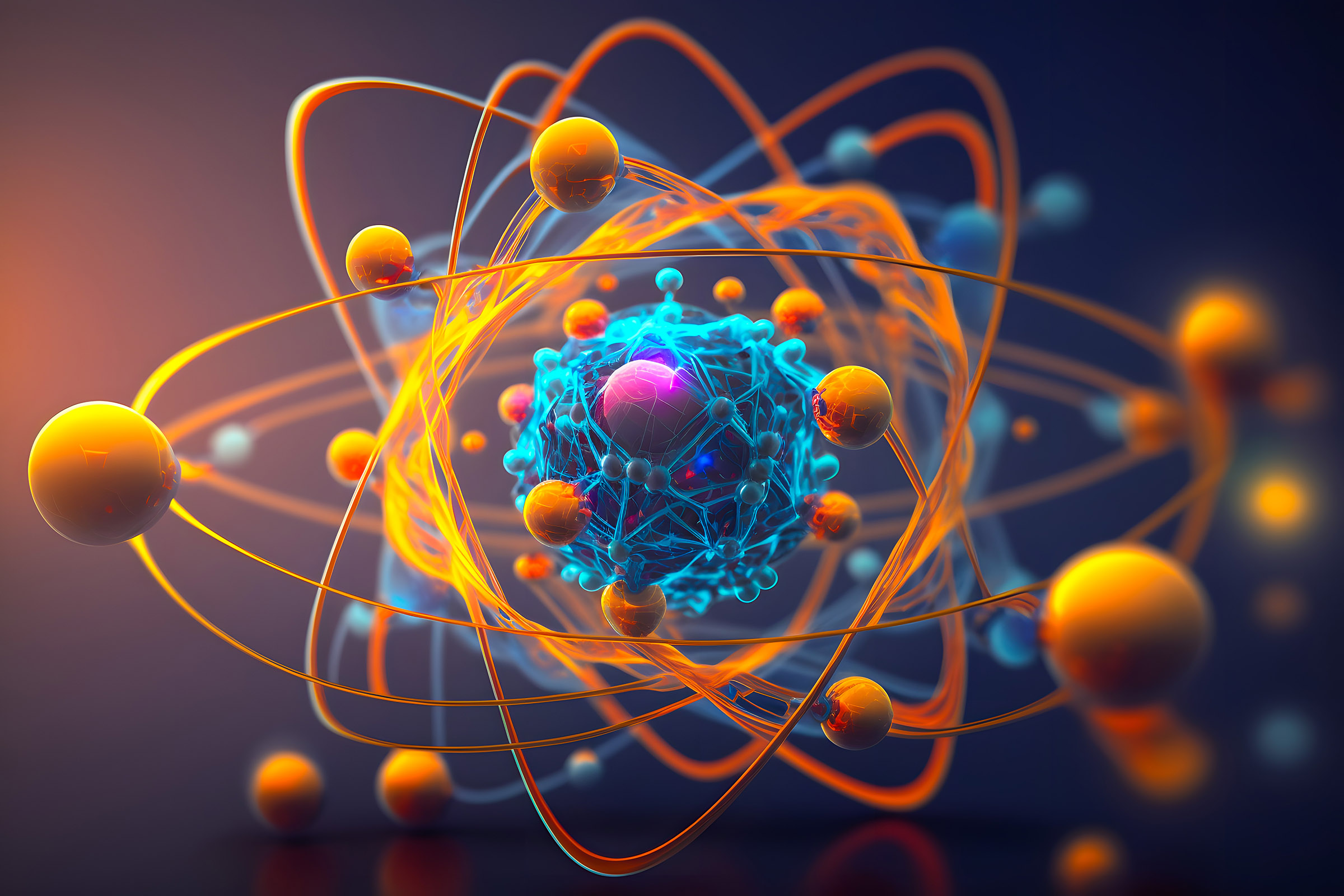Tech
Scientists created organisms in a lab that exist in a ‘third state’ beyond life and death

What if scientists could take cells from both living and dead organisms and turn them into entirely new organisms beyond life and death? While it might sound completely out of this world—something you’d expect to see in a science fiction novel—that’s precisely what scientists have done, going so far as to create a “third state” of existence.
This groundbreaking accomplishment is highlighted in a new study review published in the journal Physiology, with the researchers showcasing the methods they used to achieve it. In an essay published in The Conversation, biologists Peter Noble and Alex Pozhitkov—co-authors of the new review—say that this new “third state” will challenge how all scientists understand cell behavior.
But it isn’t just this new third state beyond life and death that excites so many. See, organisms have long been known to change in ways that we don’t fully understand. As such, it is more impressive that the biobots developed by these scientists have entirely new functions that really set them apart from other organisms.
Some organisms make unexpected changes, like caterpillars, which metamorphose into butterflies. While these radical changes are part of a predetermined path for the cells, the biobots allow the researchers to create something that does things beyond what it was originally engineered and programmed to do—like repair damaged neuron cells in a nearby petri dish.
These kinds of radical movements are what make these organisms beyond life and death so exciting—and so interesting to learn about. There’s still a lot we don’t know about them, and more research will hopefully help us determine how to create other organisms in that mysterious third state.
For now, though, we can at least look forward to seeing what these scientists do next. These developments could help us further develop other living robots, like biobots and xenobots, which can accomplish tasks that scientists wouldn’t expect.









